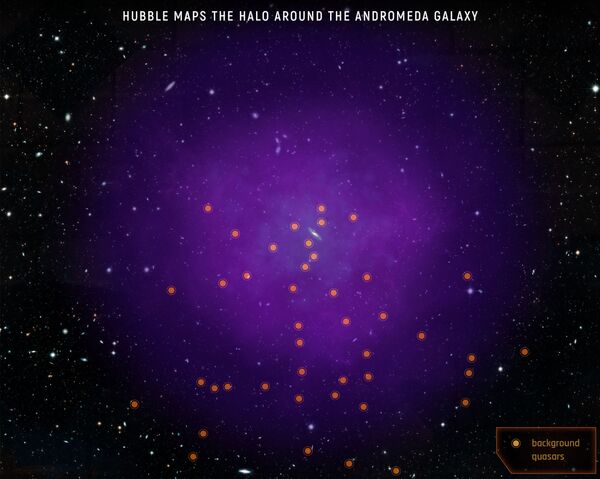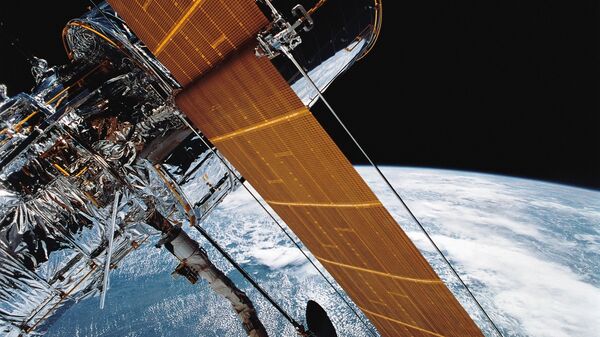NASA revealed in a Thursday news release that scientists operating the Hubble Space Telescope mapped out the massive halo, or envelope of gas, belonging to the Andromeda galaxy, our Milky Way galaxy’s largest and nearest neighbor.
The team, led by Nicolas Lehner, a research professor in the Physics Department of the University of Notre Dame, discovered that the “nearly invisible halo” extended 1.3 million light-years from Andromeda and halfway to the Milky Way.
“Understanding the huge halos of gas surrounding galaxies is immensely important,” Samantha Berek, study co-investigator and Yale University undergraduate student, expressed in the NASA release.

“This reservoir of gas contains fuel for future star formation within the galaxy, as well as outflows from events such as supernovae. It’s full of clues regarding the past and future evolution of the galaxy, and we’re finally able to study it in great detail in our closest galactic neighbor.”
The full study, titled “Project AMIGA: The Circumgalactic Medium of Andromeda,” was published on Thursday in The Astrophysical Journal.
Lehner expressed that the mapping of the Andromeda galaxy’s halo “is groundbreaking,” as it is the first galactic halo that has been mapped using the Hubble Telescope.
“This is truly a unique experiment because only with Andromeda do we have information on its halo along not only one or two sightlines, but over 40,” he added.
“So Project AMIGA has also given us a glimpse of the future.”


